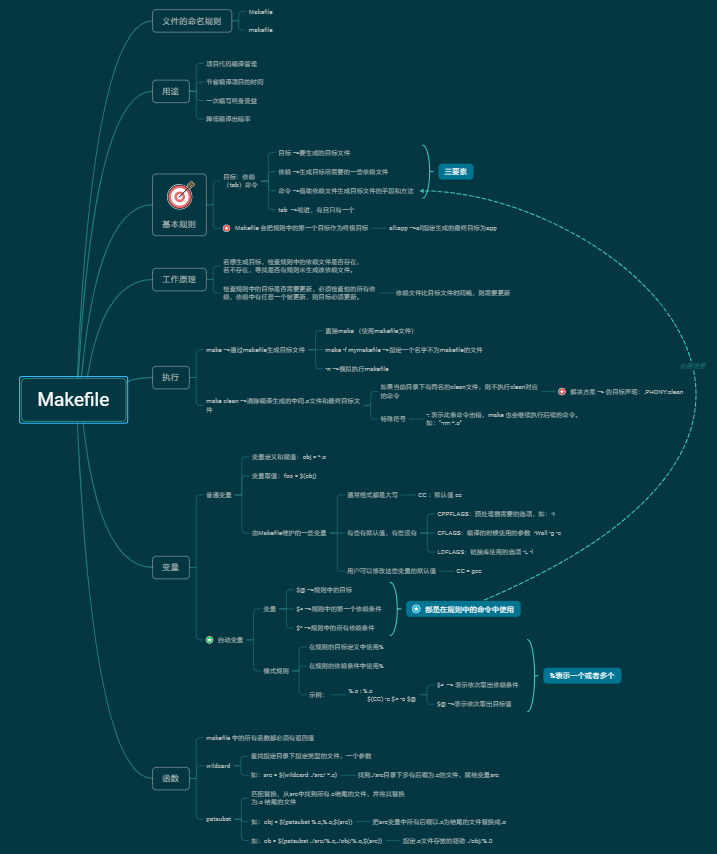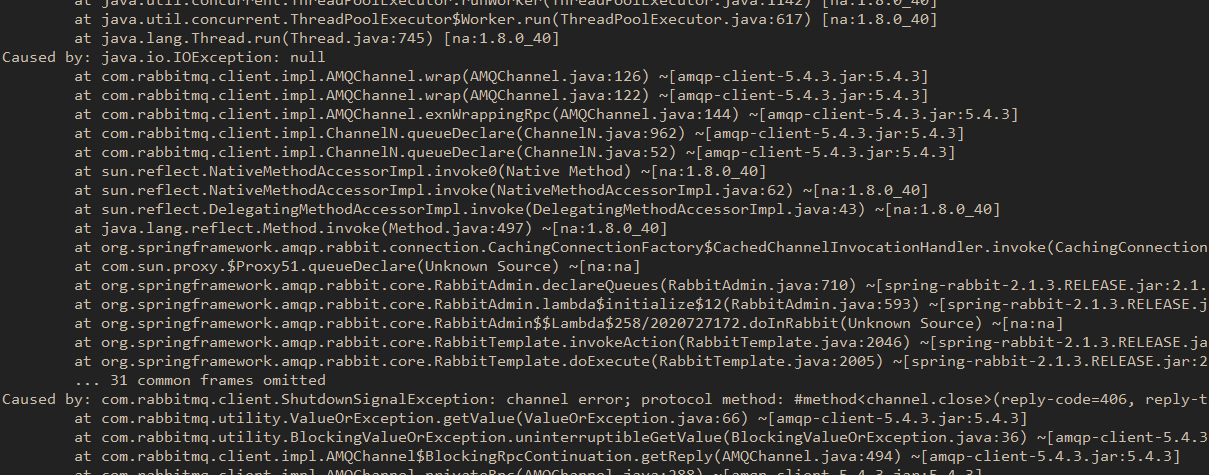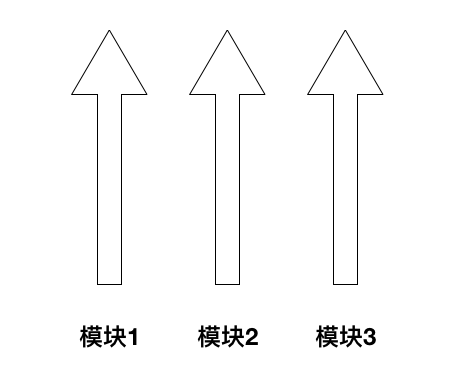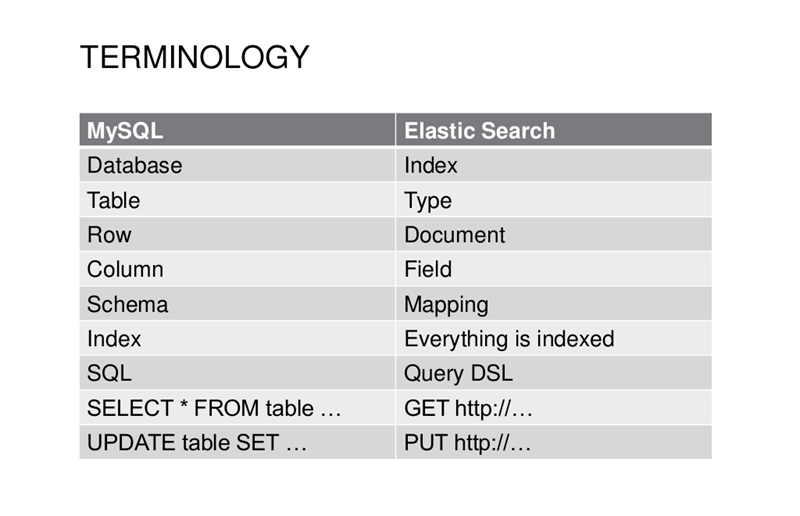Leetcode 793. Preimage Size of Factorial Zeroes Function
Problem:
Let f(x) be the number of zeroes at the end of x!. (Recall that x! = 1 * 2 * 3 * ... * x, and by convention, 0! = 1.)
For example, f(3) = 0 because 3! = 6 has no zeroes at the end, while f(11) = 2 because 11! = 39916800 has 2 zeroes at the end. Given K, find how many non-negative integers x have the property that f(x) = K.
Example 1:Input: K = 0Output: 5Explanation: 0!, 1!, 2!, 3!, and 4! end with K = 0 zeroes.Example 2:Input: K = 5Output: 0Explanation: There is no x such that x! ends in K = 5 zeroes.
Note:
Kwill be an integer in the range[0, 10^9].
Solution:
这道题很有意思,要求我们找出所有数字n的个数,使得n!结尾有K个0。看到这个问题,想到以前的非常规二分搜索方法,在结果可能的范围内查找满足条件的最小值,这里使用了Leetcode 172 Factorial Trailing Zeroes中的函数,然后在getMinimal函数中找到结尾有K个0的最小值,然后getMinimal(K+1)-getMinimal(K)即可。
1 class Solution {2 public:3 int trailingZeroes(int n) {4 int count_five = 0;5 while(n > 0){6 int k = n/5;7 count_five += k;8 n = k;9 }10 return count_five;11 }12 int getMinimal(int K){13 int start = 0;14 int end = INT_MAX;15 while(start < end){16 int pivot = start+(end-start)/2;17 if(trailingZeroes(pivot) < K)18 start = pivot+1;19 else20 end = pivot;21 }22 return start;23 }24 int preimageSizeFZF(int K) {25 return getMinimal(K+1)-getMinimal(K);26 }27 };
然而这个算法却不能通过最后一个测试10^9,原因是结尾有10^9个0的最小值n!,其n已经大于INT_MAX了,当然我们可以修改二分搜索范围,使用int64_t类型即可AC并击败100.00%的提交,代码如下
1 class Solution {2 public:3 int64_t trailingZeroes(int64_t n) {4 int64_t count_five = 0;5 while(n > 0){6 int64_t k = n/5;7 count_five += k;8 n = k;9 }10 return count_five;11 }12 int64_t getMinimal(int64_t K){13 int64_t start = 0;14 int64_t end = (int64_t)2*INT_MAX;15 while(start < end){16 int64_t pivot = start+(end-start)/2;17 if(trailingZeroes(pivot) < K)18 start = pivot+1;19 else20 end = pivot;21 }22 return start;23 }24 int64_t preimageSizeFZF(int64_t K) {25 return getMinimal(K+1)-getMinimal(K);26 }27 };
但是这样做未免有投机取巧之嫌,因此我们采用另一种更好的方法,不过这种方法需要一定的观察,我们发现,如果存在n使得n!末尾有K个0,那么答案必然是5(比如K为1,那么5,6,7,8,9均可,当n为10则会引入新的质因数5导致末尾有2个0),如果根本不存在这样的n,那么结果是0,因此答案只有0和5两种可能。现在问题在于如果存在这样的n,n会在什么范围内。n的下限必然为K(观察可知末尾0的数量必然小于等于n),n的上限可以是5*(K+1)(观察可知末尾有K个0的最大值必然小于等于5(K+1),可以用上面的getMinimal验证),因此在这个范围内二分搜索即可,就K=1为例,一旦搜索到5,6,7,8,9中的任意值都可以直接返回,搜索结束还没有找到满足条件的值则返回0.注意即使是这种方法仍然无法避免整形溢出问题,但明显比上面那种无脑二分的方法合理。
ps:这道题还可以用直接找规律的方法解答,但作为一道算法题,不建议用这种纯观察的方法做。解答在这里
Code:
1 class Solution {2 public:3 int trailingZeroes(int64_t n) {4 int64_t count_five = 0;5 while(n > 0){6 int64_t k = n/5;7 count_five += k;8 n = k;9 }10 return count_five;11 }12 int preimageSizeFZF(int K) {13 int64_t start = K;14 int64_t end = (int64_t)5*(K+1);15 while (start < end) {16 int64_t pivot = start+(end-start)/2;17 int count = trailingZeroes(pivot);18 if (count == K)19 return 5;20 else if (count < K)21 start = pivot + 1;22 else23 end = pivot;24 }25 return 0;26 }27 };
转载于 //www.cnblogs.com/haoweizh/p/10359138.html
//www.cnblogs.com/haoweizh/p/10359138.html



































还没有评论,来说两句吧...